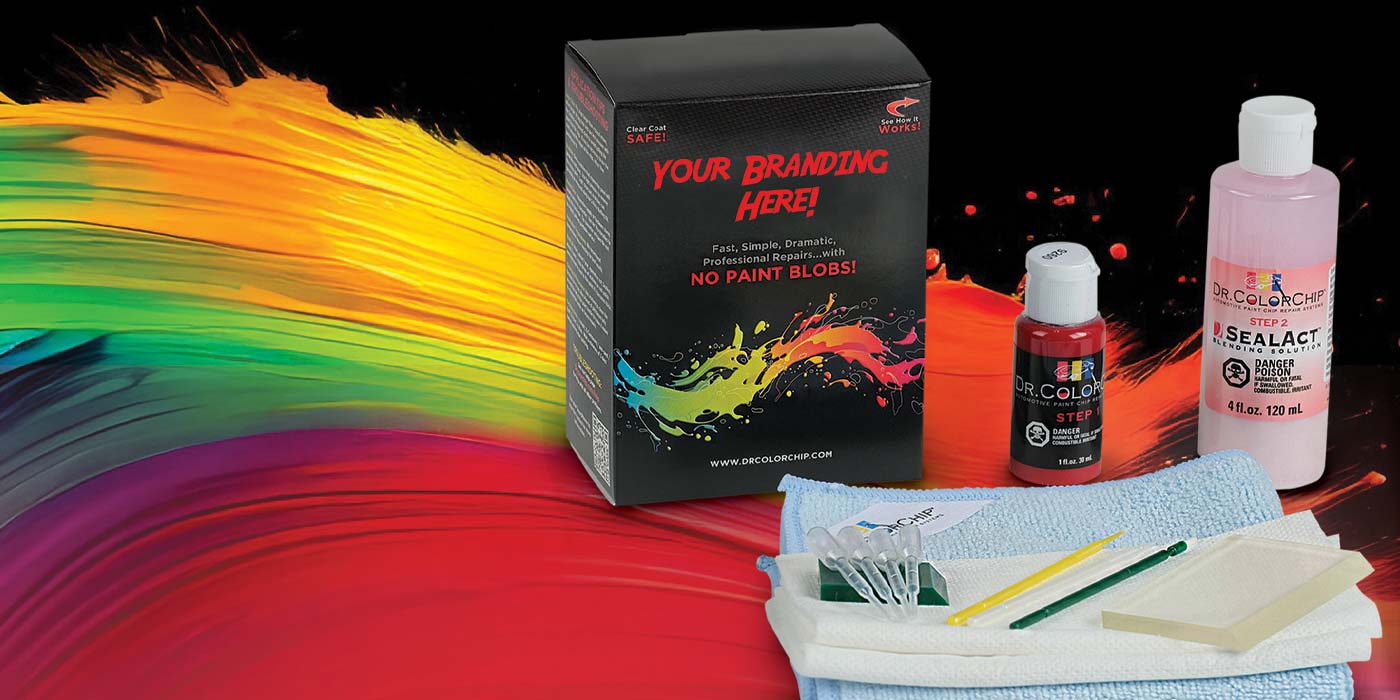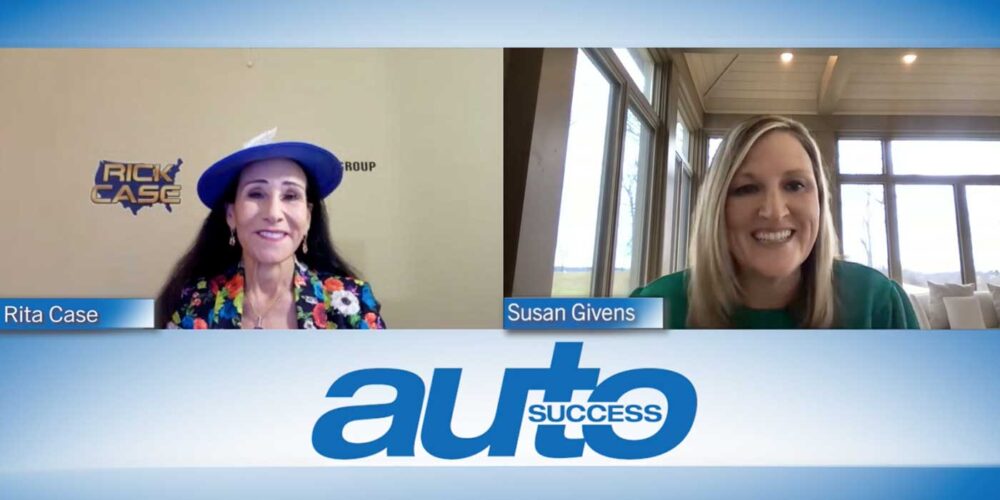We all know the single largest purchase over a lifetime is a home, and the second largest investment is a new vehicle. So, why wouldn’t we (automotive dealers and salespeople) take note of what our friends in the real estate sector are doing well and apply this to the car-buying process?
Sure, there are differences, but think about the similarities between selling cars and real estate. Many sales tactics and customer behaviors in the journey to purchase are very much alike in both scenarios. For example, most people only buy a new property after seeing it firsthand. The same is true for car shoppers; they still want to see it in person and take it for a spin. Both are expensive and personal, so it’s an emotional decision. Customers want to envision themselves and their families enjoying a home or vehicle to feel confident about the purchase.
At the core of all selling — especially for commission — the one thing that matters most is building relationships. From 15 years of experience in automotive software inside sales, I learned that setting yourself apart behind a phone or computer could be challenging. How we respond to internet leads is critical. What you say on the phone, in your emails and texts, and the information you offer potential clients has to be better than the “other guys.” So, why do we make our automotive clients ask for information piece by piece (features, best price, Carfax, service history, window sticker, etc.)? In every property transaction (large or small), the real estate agent provides an entire portfolio of information before showing the property.
A real estate portfolio includes details like current inspection (MPI), known issues, resolved issues (reconditioning), specifications and features (window sticker), last sales price (MSRP), comparable comps with sales prices (window sticker and market data) and pictures and videos of the property (OEM brochure and vehicle video) — you get the idea. A real estate agent would lose credibility if they tried selling a property without this information. And I, the buyer, would lose faith in their product knowledge and the ability to get me the best deal.
Our industry has so much buzz on transparency, credibility and collaboration. Let’s take the proactive approach of providing customers with the information they want from the very beginning. We eliminate the doubt and fear — we might even impress them, improving our odds of turning them into repetitive sales or service. This is the first step in building a solid relationship with your customers — whether they buy today or in the future. They are coming back to you because you were the most prepared. You were the expert. And you anticipated their needs.
Every salesperson should have inventory portfolios in their sales toolkit in today’s digital world. Inventory portfolios automatically populate from the VINs in your inventory feed. They are created in your CRM, IMS, website — anywhere the VIN appears. And just like in real estate, the one property (vehicle) a customer has their heart set on might not work out because of financing, credit or other issues. For an experienced agent, this is expected. They would already have a list of similar properties in the price range ready to discuss. All these tools are available today for automotive salespeople, ensuring they stay prepared with the right tools to give them the competitive advantage.














